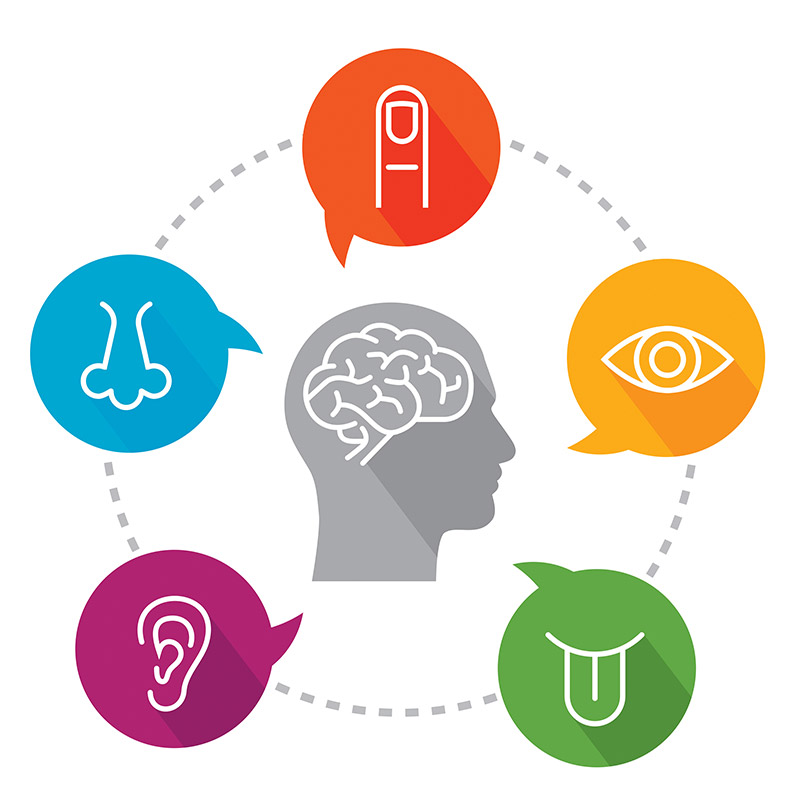- About Us
- Departments & Services
- Clinicians
- Patient & Visitor Guide
- Community
- Contact Us
Close

Imagine a world where the light of a fluorescent feels like a glare, the scratch of a shirt tag sends tingling down your back, and a crowded playground feels overwhelming. This is the reality for many children who struggle with sensory processing issues.
Sensory integration is the process by which our brains take information from our senses (touch, sight, smell, taste, hearing, and movement) and turn it into a meaningful experience. When this process is interrupted, it can impact a child's ability to function in daily life.
Who Can Benefit from Sensory Integration (SI)?
Children who experience sensory processing difficulties can benefit from Sensory Integration therapy. These children may exhibit some of the following signs:
These challenges associated with Sensory Integration can manifest in various ways, impacting a child's ability to:
What is the process for SI?
Evaluating Sensory Processing with the EASI Assessment
Once you have understood what is Sensory Integration, the next set of processes is as follows. The Evaluation Ayres Sensory Integration (EASI) is a standardized tool used by occupational therapists (OTs) to assess a child's sensory processing abilities.
The results of the EASI can help the OT create an individualized SI therapy program to respond to the child's specific needs. This kind of Sensory Integration approach
may include activities that:
How Can SI Help Your Child?
Sensory Integration techniques can be a turning point for children with sensory processing difficulties. Here's how it can benefit them in different areas:
Remember, every child is unique. If you suspect your child may have sensory processing difficulties, consult an occupational therapist.
With the right evaluation and intervention, SI therapy can help your child reach their full potential and succeed at school, at home, and in all aspects of life.
References
Schaaf, R. C., Dumont, R. L., Arbesman, M., & May-Benson, T. A. (2018). Efficacy of occupational therapy using Ayres Sensory Integration®: A systematic review. The American journal of occupational therapy, 72(1), 7201190010p1-7201190010p10.
Mailloux, Z., Parham, L. D., Roley, S. S., Ruzzano, L., & Schaaf, R. C. (2018). Introduction to the evaluation in ayres sensory integration®(EASI). The American Journal of Occupational Therapy, 72(1), 7201195030p1-7201195030p7.